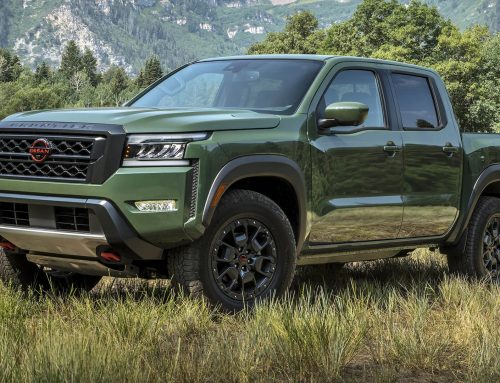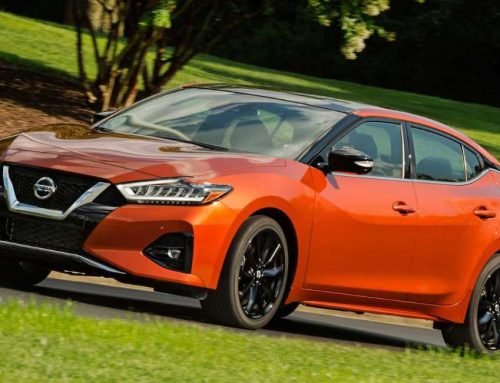Buying a car is exciting and daunting at the same time. It’s an investment you want to get right and make sure it will last you for years to come. If you’re taking your first steps into car ownership, here are five tips that will help you navigate the process and make the best decision possible. From researching models and features to budgeting for insurance and maintenance, these five tips are guaranteed to guide any first-time car buyer in the right direction.
Do your research
If you’re in the market for a new car, it’s important to do your research before making a purchase. Here are a few tips to help you get started:
- Determine what type of car you need. Do you need a large vehicle for your family? A smaller car for city driving? Or something in between?
- Research different makes and models. Once you’ve determined what size car you need, start looking at different makes and models that fit your budget and needs.
- Compare prices and features. Once you’ve narrowed down your options, compare prices and features to find the best deal.
- Take a test drive. Before making your final decision, be sure to take the car for a test drive to see how it feels and make sure it meets your expectations.
Get a loan pre-approval
If you’re looking to finance your first car, you’ll need to get a loan pre-approval. This is an agreement from a lender that says they’re willing to give you a loan for a certain amount of money, at a certain interest rate, over a certain period of time.
Getting a loan pre-approval is a good way to know how much money you have to work with when you start shopping for cars. It can also help you get a better interest rate on your loan.
To get a loan pre-approval, you’ll need to fill out an application with some basic information about yourself and your finances. The lender will then look at your credit history and income to determine how much they’re willing to lend you.
Once you have your loan pre-approval, you can start shopping for cars! Keep in mind, though, that the amount you’re approved for may be more than the amount you’re actually comfortable borrowing. So make sure to only look at cars that fit within your budget.
Find the right car for you
When you’re looking for your first car, it’s important to find something that’s the right fit for you. There are a lot of things to consider when choosing a car, from its size and features to its fuel efficiency and price. Here are some tips to help you find the right car for you:
- Define your needs. Before you even start looking at cars, take some time to think about what you need in a vehicle. Consider factors like how many people you’ll be transporting, how much cargo space you need, what kind of terrain you’ll be driving on, and whether or not you need specialized features like 4-wheel drive or a sunroof.
- Do your research. Once you know what you’re looking for in a car, it’s time to start doing some research. Read up on different makes and models that fit your needs, and compare their prices, fuel efficiency, safety ratings, and reviews from other drivers.
- Test drive before you buy. Once you’ve narrowed down your choices to a few potential vehicles, it’s time to take them out for a test drive. This will give you a chance to see how they handle on the road and get a feel for their comfort level and features.
- Get pre-approved for financing. If you’re planning on financing your first car, it’s a good idea to get pre-approved for a loan before heading to the dealership.
Click Here to Get Pre-Qualified for Loan Within Minutes!
Negotiating the price
When it comes to negotiating the price of your first car, there are a few things you should keep in mind. First, do your research ahead of time and know what the fair market value is for the type of car you’re interested in. This way, you’ll have a good starting point for negotiation. Secondly, be prepared to haggle. Don’t be afraid to make an offer that’s lower than the asking price – the worst they can say is no. Finally, don’t be afraid to walk away from the deal if you’re not getting what you want. There’s always another car out there!
The test drive
If you’re like most people, the test drive is when you finally get to experience what the car has to offer. This is your chance to see how the car feels and handles on the road. Here are a few things to keep in mind during your test drive:
- First, make sure you’re comfortable behind the wheel. Adjust the seat, mirrors, and steering wheel so that you can reach all the controls and see clearly out of all the windows.
- Next, familiarize yourself with the car’s controls. Know where everything is and how it works before you start driving.
- Once you’re on the road, take your time. Get a feel for how the car accelerates, brakes, and turns. Pay attention to how it feels at different speeds and on different types of roads.
- Finally, listen for any unusual sounds or vibrations. These could be signs of a problem with the car.





